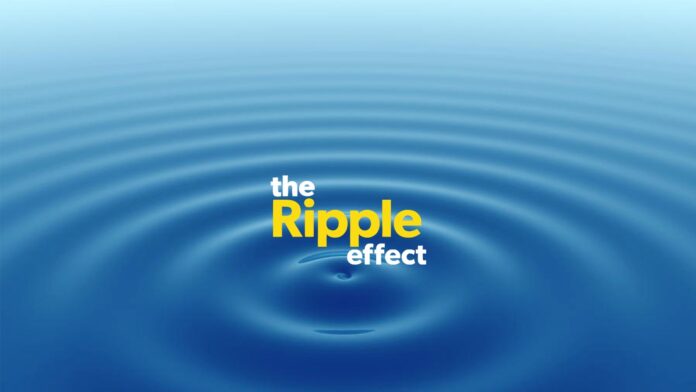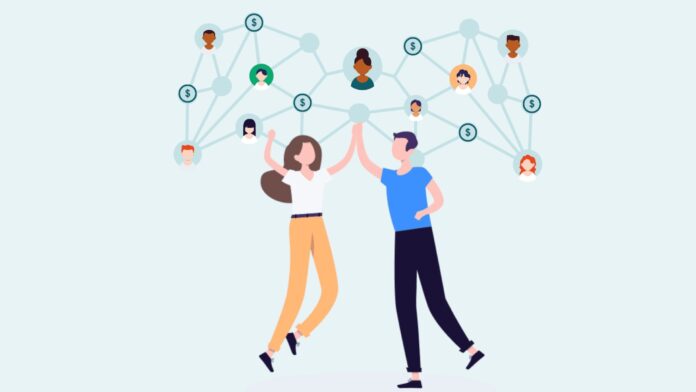Imagine a single drop of water creating ripples that spread across an entire pond. This is the power of small donations in the vast landscape of philanthropy. Often, potential donors hold back, thinking their modest contribution might be too insignificant in the face of grand challenges.
Yet, what if we told you that these small acts of generosity are not just drops in the ocean, but rather the critical elements that can create a tidal wave of change? This concept is not just wishful thinking but a proven reality in the world of giving and support. Small donations, when pooled together, have the incredible power to drive substantial change, creating an impact far greater than their individual size might suggest.
Let’s dive into how each small contribution can become a part of a greater collective force, transforming lives and communities in profound ways.
The Power of Recurring Gifts

Monthly or annual recurring donations allow donors to maximize impact through convenient, steady support. While a donation of $10 to $25 monthly might seem insignificant, annually it accumulates into hundreds. This recurring revenue stream provides nonprofits predictability to confidently budget programs knowing funds will systematically materialize.
Donors can start small with what fits their budget today and gradually increase increments over time as abilities allow. When a consistent group of dedicated individuals all contribute modest amounts on an ongoing basis, they generate substantial collective funds. Although one ripple alone is small, together many sustained ripples add up to create a lasting swell.
However, according to the good folk at Brother’s Brother Foundation, even modest nonprofit donations add up to drive real change when collectively pooled. A ripple effect magnifies many minor contributions into major good.
Workplace Giving Programs
Payroll deduction workplace giving campaigns facilitate seamless employee donations to benefit diverse causes while fostering a culture of giving. Some employers offer to match workers’ gifts to further amplify impact.
Employees give one-time or recurring gifts right from their paycheck, often spread out in deductions so the amount seems negligible. Although each individual donation may be modest, collectively these workplace campaigns raise millions annually for nonprofits.
Networked Fundraising

Online social networking propels fundraising campaigns to go viral, turning small contributions into a networked phenomenon. The innate social nature of platforms like Facebook, Twitter and Instagram allows for mass sharing across extended social circles, bringing visibility to causes that prompts further giving down chains.
Campaign updates showing progress inch-by-inch towards donation goals and expressing gratitude for every gift encourages continued participation.
Microfinance Models
Microlending initiatives pioneered the practice of loaning very small amounts of capital to entrepreneurs lacking access to traditional financing and banks. This microfinance model enables lending just $50-$100 to recipients who collectively pool funds within community groups.
Although each individual loan may be a droplet by itself, together capital coalesces to combat systemic poverty. Because many loan recipients successfully repay, funds get re-lent in perpetuity at that accessible micro-scale.
Philanthropy can adapt these lessons in funding grassroots organizations through manifold modest donations that ultimately amount to transformative change.
Youth Philanthropy
Philanthropic education teaches youth the power of giving, even small amounts, to spark big impact. Schools organize penny campaigns allowing students hands-on decision-making over donations. Parents initiating children’s allowances or “philanthropy jars” with a slice of every birthday check instills lifelong habits.
Though young people, by nature, give small amounts from their limited funds, engaging youth in giving builds an appreciation for philanthropy from an early age. Children also bring inspiring energy that rallies adult participation. Similarly, student loan repayment donation programs reinvest little bits in the community.
Crowdfunding

Digital platforms like GoFundMe and Kickstarter have democratized crowdfunding by empowering individuals to request modest donations from the crowd, collectively funding personal or community needs.
Medical bills, disaster relief, community projects, small business ventures, and creative pursuits are financed $10 or $20 at a time. Broad social sharing expands the reach of campaigns so seemingly small gifts add up. This grassroots approach gains momentum by networking many droplets into impactful waves of support.
Expanding the Reach: Community Events and Fundraisers
Community events like charity runs, bake sales, and local concerts are powerful tools for raising small donations. Each ticket sold or item purchased might contribute a small amount, but collectively, these events can raise significant funds.
Additionally, these events raise awareness and bring communities together, fostering a sense of shared purpose. Community fundraisers often attract local media attention, further amplifying their impact and encouraging broader community involvement.
Leveraging Technology: Donation Apps and Platforms
The rise of technology has made giving easier and more accessible. Donation apps and online platforms enable individuals to contribute small amounts with just a few clicks. Features like round-up options, where purchases are rounded to the nearest dollar and the difference is donated, make giving effortless.
These platforms often have low overhead costs, ensuring a larger percentage of each donation goes directly to the cause. They also provide transparency, allowing donors to see how their contributions are being used.
Educational Outreach: Raising Awareness and Empathy
Educational campaigns play a critical role in motivating small donations. By informing potential donors about the issues and showing the tangible impact of every dollar, organizations can inspire action.
This includes sharing success stories, offering clear information on the beneficiaries, and demonstrating how even small contributions can make a significant difference. Educational efforts also help in building a more empathetic society where the culture of giving is normalized and valued.
Volunteerism: More Than Money
While financial contributions are essential, the value of volunteering time and skills should not be overlooked. Nonprofits often rely heavily on volunteers for various tasks, from administrative work to hands-on projects.
This form of contribution not only aids the organization but also strengthens the bond between the donor and the cause, often leading to financial donations in the future. Volunteer efforts show that contributing to a cause doesn’t always require monetary investment.
Corporate Partnerships: Enhancing Impact Through Collaboration
Nonprofits can significantly benefit from partnerships with businesses. These collaborations can take various forms, such as co-hosting events, corporate sponsorships, or in-kind donations.
Businesses can encourage their customers to donate small amounts, either at the point of sale or through special promotions. These partnerships not only raise funds but also increase the visibility of the nonprofit, potentially attracting more donors.
Conclusion
The collective power of small donations is undeniable. Through community involvement, technological advancements, educational outreach, volunteerism, and corporate partnerships, even the smallest contributions can be part of a larger wave of change.
It’s important to remember that every act of giving, no matter how small, contributes to a larger impact and fosters a culture of generosity and community support.










